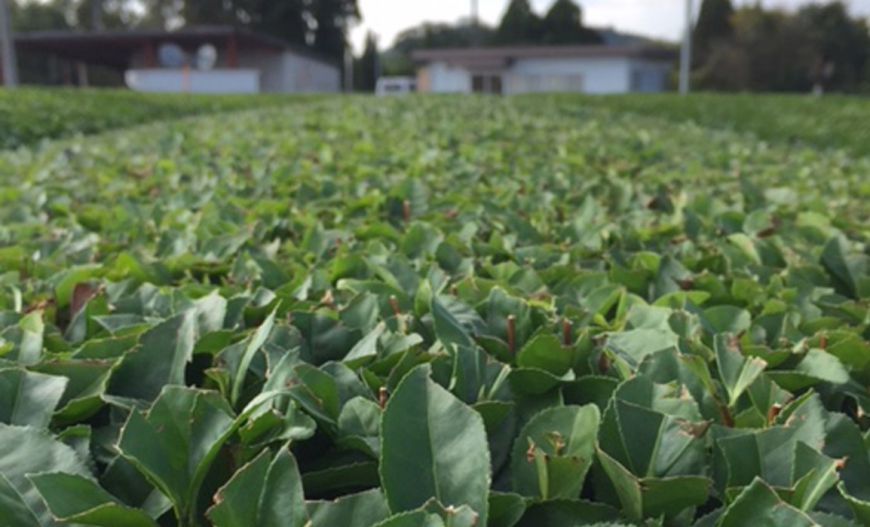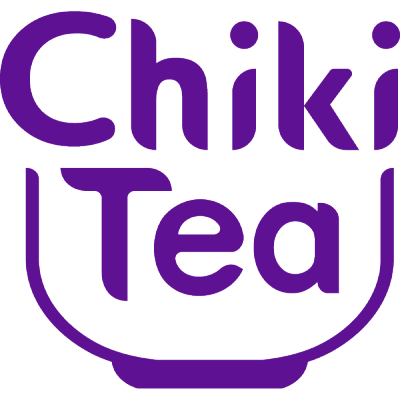What Number Is Your Tea? How Japanese Green Tea is ranked
- Holly Helt

As the season changes here in Japan, you never quite know whether to bring an umbrella or pull out the sunscreen. But one thing is for sure... it’s time to prepare the tea plants for the winter. That means giving them the last cut of the season, trimming them back so the new leaves in spring will yield nicely.
Up and down the countryside where the terrain is flat, small tea fields are dotted with farmers riding giant machines up one row and down the next. The machine spans the bushes, trimming the sides and top with a blade that adjusts to how much needs to be trimmed. Fields that are sloped require a much more tedious approach using clippers that two people hold, one on each side of the bush.
What is being clipped off now isn’t used for tea although I have known some local farmers whose wives scoop it up and make kancha, an unrefined tea that they’d never serve except at the family dining table. It’s often served over a bowl of rice for a quick and dirty snack. This is known as Ochazuke (rice with broth or tea poured over it) and usually is served with better quality tea, not the trimmings, such as bancha, genmaicha, sencha or houjicha.
This brings me to my main point: just how many harvests are there in Japanese tea? The word to describe a harvest is not “flush” like in other areas, but is a Japanese number plus the word “bancha”. This literally translates to “number tea” so the first harvest is “ichi” for one and “bancha”, or number one tea, ichi-bancha. Ichibancha is revered and some farmers only do the first harvest. This always takes place in the spring and one never knows exactly when it will be because the leaf growth is what tells the farmer when to pluck.
The second harvest usually takes place in June and is referred to as ni-bancha. Third harvests or “san-bancha” take place in either July or August. While there is a fourth harvest in September or October, known as yon-bancha, it is extremely rare. These leaves would be made into houjicha (roasted tea) or kyobancha (smoked tea) or kancha.
The tea plants need a chance to recover so the thinking is that doing the minimum harvests will help the plants recover and live longer. That is why most Kyushu farmers will stick to no more than two harvests as a general rule, or just one. Larger companies want volume for the bottled tea market where using older leaves help make up these volumes. Ichi-bancha is normally used for the better teas and certainly the artisan high-grade ones.

So when you hear that a tea being served to you is “bancha” it usually means that the tea is from a later harvest. The leaves are slightly tougher and require hotter water. The leaves also look flatter and don’t have as dark a hue as the pinnacle leaves of ichi-bancha. If this is starting to sound confusing, don’t worry because even the Japanese get it mixed up! There are over 20 grades to choose from and your average Joe usually can’t tell the difference.
A lot of the confusion about bancha comes from folks in the west believing that all bancha is roasted. Houjicha and bancha often get mislabeled and hence the confusion. Second harvest onwards are great to roast because the leaves are mature and have slightly less caffeine. Think of bancha as a lower-grade sencha.

About Holly Helt
Holly is American and grew up in Japan drinking Japanese tea from age-three. She has studied two methods of tea ceremony, Urasenke and the lesser-known Yabunouchi, which has a direct lineage to Sen-no Rikyu (known as the father of the tea ceremony) ; it's also the school of practice for samurai. In 2012 she founded Chiki Tea - an online retailer of Japanese green teas, all sourced directly from small farms in Japan. Splitting her time between Japan and her home in Texas, Holly strives to bring the best teas from Japan to as many people as she can find to share in her life's passion.
